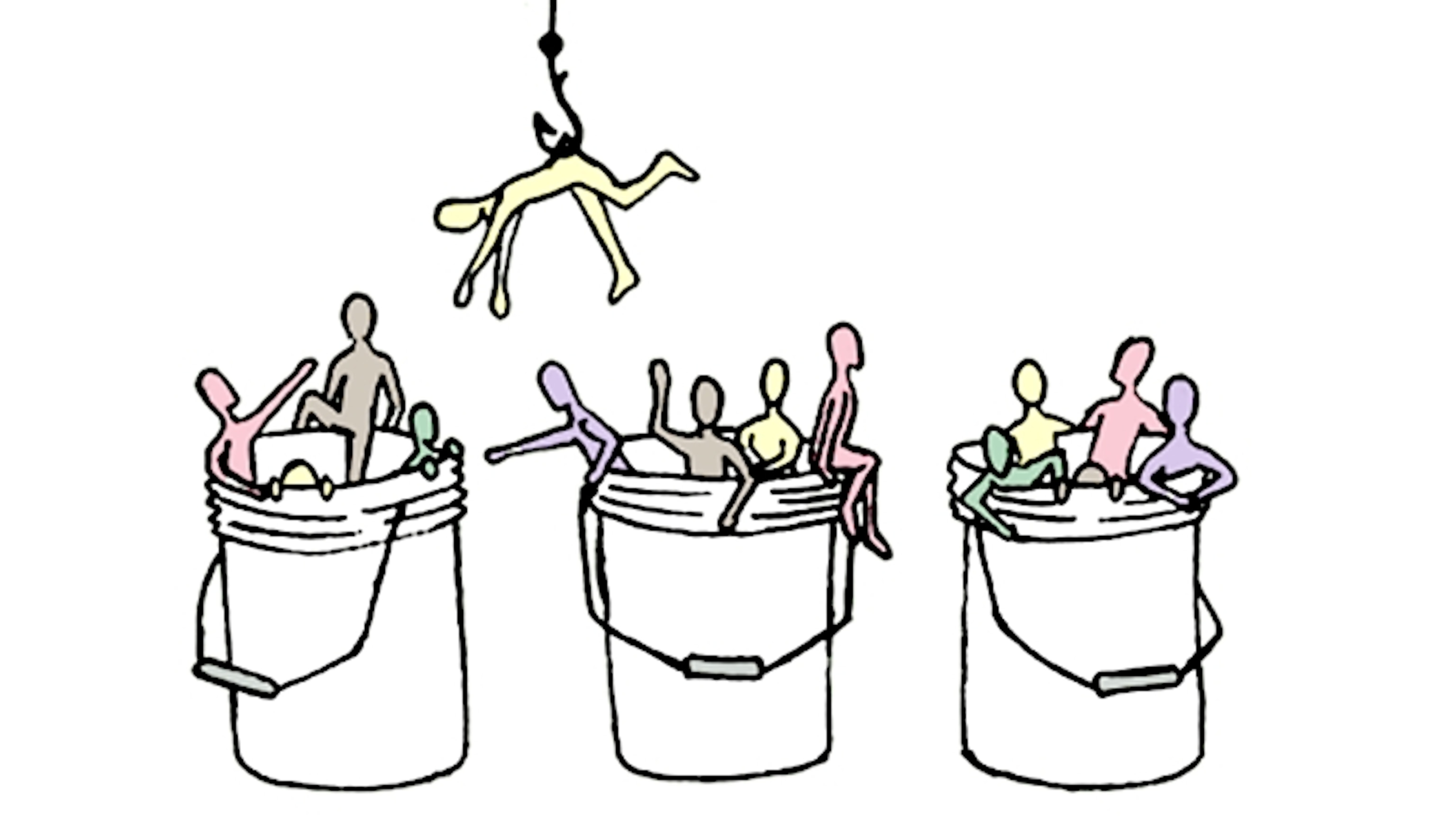
Category Fail
I’ve written a lot of stories about autism research, and I’d say one of the biggest scientific developments in the past few years was the creation of ‘autistic’ mice. Researchers first found many, many genes associated with autism in people, and then created dozens of mouse models that carry one or more of those same genetic glitches.
In the fall of 2011, for example, one team debuted mice with extra copies of a gene called UBE3A. Approximately 1 to 3 percent of children with autism carry extra copies of the same gene. These mutant mice show little interest in social interactions, compared with controls. They also emit fewer vocalizations and repetitively groom themselves. This was heralded as something of an autism trifecta, as the animals mimicked the three ‘core’ symptoms of people with the disorder: deficits in social behaviors and in communication, as well as repetitive behaviors.
The same goes for mouse models based on environmental, rather than genetic triggers. Mice whose mothers got an infection while pregnant end up with abnormal social interactions and vocalizations, and they repetitively bury marbles. Once again, the animals show all three “core” deficits, and are thus considered to be a valid model of autism.
There’s a nice and tidy logic to this approach, understandably appealing to neuroscientists. If a mouse model mimics the three behaviors used to define autism, then studying the cells and circuits of those mice could lead us to a better understanding of the human disorder. But there’s a big hole in that logic, according to a provocative commentary published by Eric London in this month’s issue of Trends in Neurosciences. The problem is that the symptoms of autism — like those of all psychiatric disorders — vary widely from one person to the next. So using the fuzzy diagnostic category of ‘autism’ to guide research, he writes, “is fraught with so many problems that the validity of research conclusions is suspect.”
London begins with a short history of the Diagnostic and Statistical Manual of Mental Disorders, or DSM, the book that since 1980 has dictated what collections of symptoms define one disorder or another. There’s nothing wrong with a categorical diagnosis, per se. It can have enormous explanatory power. If a doctor diagnoses you with strep throat, for example, you have a good idea of what that is (a bacterial infection) and how you might treat it (antibiotics). “A psychiatric diagnosis, by contrast, is rarely as informative,” London writes.
People diagnosed with schizophrenia, bipolar disorder, depression, or autism often don’t know what caused the trouble, and they struggle with unpredictable symptoms, ineffective treatments, and unpredictable responses to those treatments.
What’s more, most people who fall into the bucket of one psychiatric disorder also meet criteria for others. London cites some fascinating numbers: Some 90 percent of people with schizophrenia, for example, have another diagnosis as well. More than 60 percent of people with autism have another diagnosis, and one-quarter have two or more. “Autism is comorbidly present in over 50 specific diagnoses comprising other genetic and medical conditions,” London writes.
The three supposedly core behaviors of autism don’t correlate well with each other, he adds. In other words, many kids just have one or two of the three. Francesca Happé has conducted many studies suggesting that each of these symptoms is inherited independently, suggesting that each has its own, separate biological cause.
The danger of focusing on these three behaviors is that it might cause clinicians and researchers to overlook other symptoms that are common in people with autism. Many kids with autism have gastrointestinal issues, for example, and many show a range of motor problems, such as head lag, trouble sitting up, or a wobbly gait. And more than 80 percent of people with autism have anxiety, London notes. Mouse models of the disorder may have some of these problems, too, but researchers don’t usually test for them.
The DSM has tried to address some of these problems. Its latest version, released last year, defines autism with two criteria: social and communication deficits, and repetitive behaviors. But London doesn’t think that goes nearly far enough, for all the reasons outlined above. He proposes an even broader category of “neurodevelopmental disorder,” which would include more than 20 different DSM categories, including autism and schizophrenia. Just as they do today, clinicians could still focus on specific symptoms — whether sensory sensitivities, anxiety, psychosis, attentional problems, etc. — when deciding how to treat each person.
London’s commentary is only the latest in an old debate about diagnoses: Is it better to lump, or to split? Some scientists agree with him, others don’t, and I see merit in the scientific arguments on both sides. One point I think sometimes doesn’t get enough attention, though, is the social power of a diagnosis.
These labels carry meaning, for better or worse. For people with mysterious illness, such as chronic fatigue syndrome, a label can make them feel acknowledged and validated, or completely marginalized. Diagnoses for brain disorders, such as Asperger’s syndrome, can unite people under a common identity, or create dangerous societal stigma. Rational diagnostic categories are crucial for scientific progress, as London argues. But scientists would do well to remember that their labels also have lasting consequences outside of the lab.
